Eyelash Filter: The Tech Behind Longer Lashes
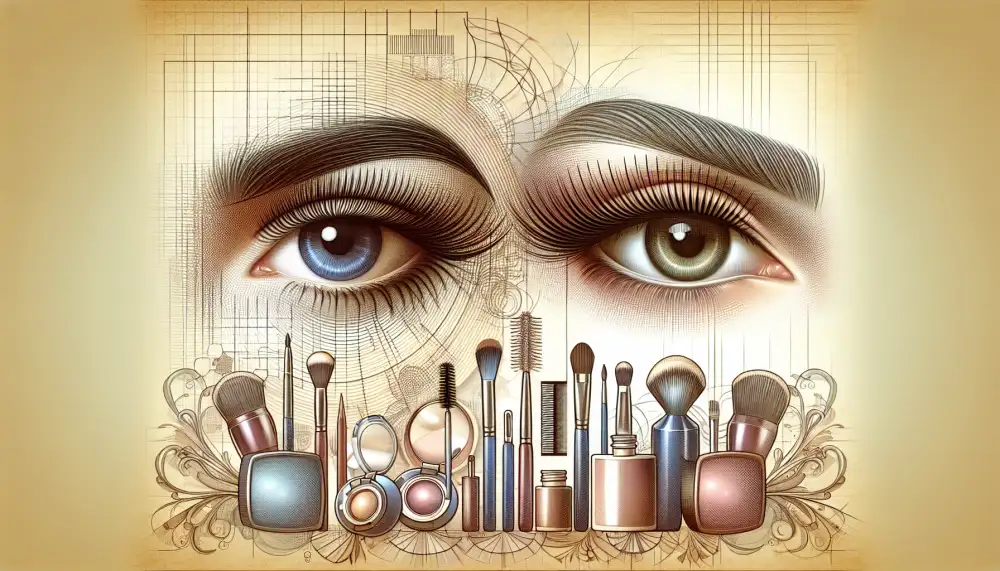
- Pixel-level detection
- Edge enhancement techniques
- Artificial intelligence algorithms
- Creation of realistic eyelash hairs
- Customization options (length, volume)
- Integration with virtual makeup tools
- Real-time performance optimization
- Impact on smartphone hardware
- Ethical considerations and potential bias
- Future developments in eyelash filters
Pixel-level detection
Pixel-level detection is the key to realistic and flattering eyelash filters. Unlike simpler filters that just overlay a generic lash image, pixel-level detection actually analyzes the user's face in detail. Think of it like the filter putting on a pair of super-powered glasses. It can see not only the broad strokes, like where the eyes and mouth are, but the minute details of individual eyelashes.
This granular level of analysis allows the filter to do some pretty amazing things. First, it can accurately identify the existing lashes. This means the filter won't accidentally draw fake lashes over the eyelids or eyebrows, a common problem with less sophisticated filters. Second, it can determine the direction and length of each individual lash. This allows the filter to generate new lashes that blend seamlessly with the existing ones, creating a natural, rather than artificial, look. Finally, pixel-level detection allows for dynamic adjustments. As the user moves their face, the filter can track the movement of the lashes and adjust the effect accordingly, ensuring the lashes always look realistic and in place. This technology is what separates a good eyelash filter from a great one. It's the foundation for creating subtle enhancements or dramatic transformations, all while maintaining a believable and flattering result.
Edge enhancement techniques
Eyelash filters, a popular tool in many photo editing apps, rely heavily on edge enhancement techniques to create the illusion of thicker, more defined lashes. These techniques work by increasing the contrast between the eyelashes and the surrounding skin. By emphasizing the edges where the eyelashes meet the skin, the lashes appear sharper and more prominent.
One common method used is called high-pass filtering. This technique identifies and amplifies high-frequency changes in an image, such as sharp edges and fine details. When applied to an image of a face, a high-pass filter can make the eyelashes, eyebrows, and other facial features stand out more.
Another approach is unsharp masking. This technique involves creating a blurred copy of the original image and subtracting it from the original. The resulting image highlights the edges and details that were blurred in the copy. When applied subtly to the eyelash area, unsharp masking can make the lashes appear thicker and darker without looking unnatural.
In addition to these techniques, some eyelash filters also use edge detection algorithms to specifically identify and enhance the edges of the eyelashes. These algorithms can be very effective at creating a dramatic, almost cartoonish effect, but they need to be used carefully to avoid making the lashes look artificial.
The success of an eyelash filter depends not only on the edge enhancement techniques used but also on the quality of the original image and the skill of the user. A well-lit image with good contrast will produce better results than a poorly lit or blurry image. Similarly, applying the filter subtly and blending it naturally with the rest of the image will create a more believable result than overdoing it.
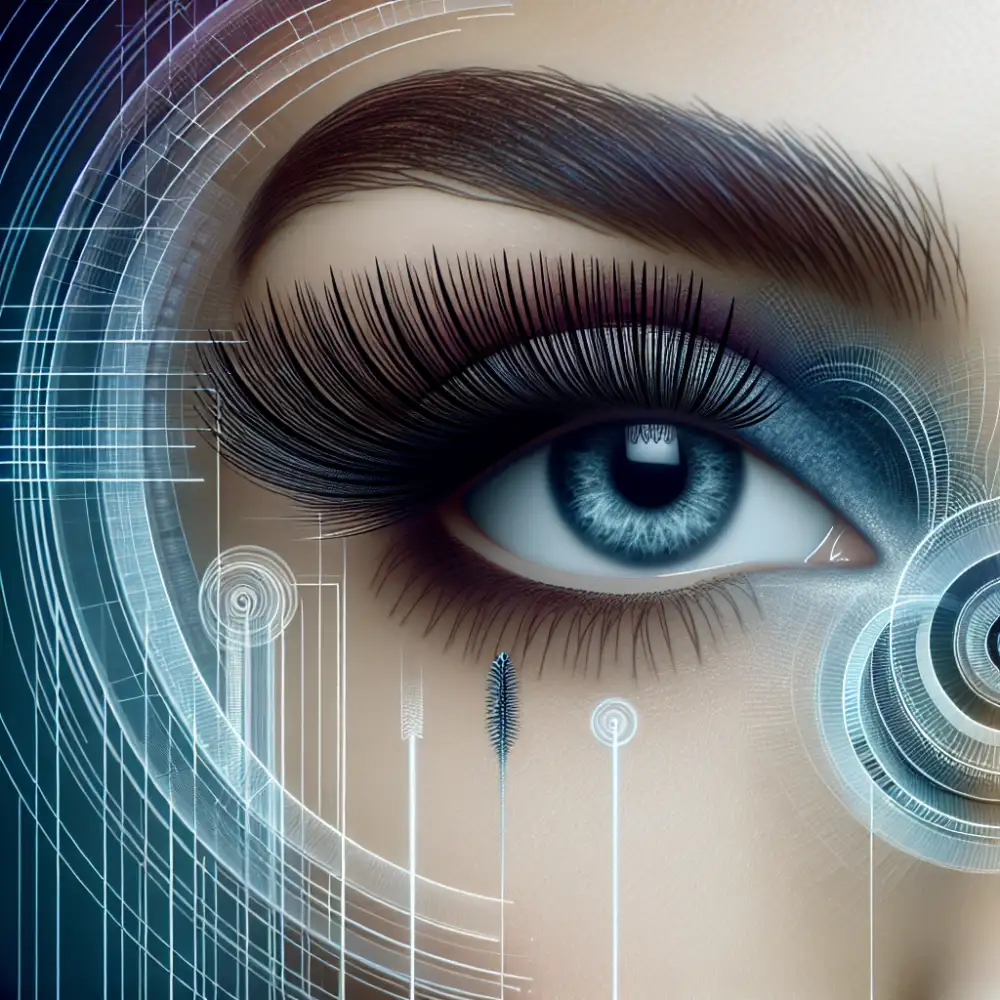
Artificial intelligence algorithms
Artificial intelligence algorithms are the backbone of many modern beauty filters, including those designed to enhance eyelashes. These algorithms are trained on massive datasets of images, learning to identify patterns and features that define how eyelashes look in different lighting, angles, and makeup styles. This allows the filter to not only detect the user's natural eyelashes but also understand how to realistically augment them.
For instance, an eyelash enhancement filter doesn't simply paste on a generic set of long, thick lashes. Instead, the AI analyzes the user's existing lashes, considering their length, thickness, curl, and even color. It then uses this information to generate customized enhancements that complement the user's unique features. This could involve subtly lengthening and thickening the lashes, adding a touch of curl, or even applying a virtual coat of mascara.
The algorithms also excel at creating realistic results. They factor in elements like light reflection and shadow, ensuring the enhanced eyelashes interact naturally with the user's face and the surrounding environment. This attention to detail is what sets AI-powered filters apart, creating believable augmentations that enhance, rather than mask, the user's natural beauty.
Creation of realistic eyelash hairs
The quest for longer, thicker lashes has driven countless beauty innovations, and in the digital realm, eyelash filters reign supreme. But what makes these filters so convincing? The answer lies in the meticulous "creation of realistic eyelash hairs."
Early eyelash filters often fell flat, producing a cartoonish, obviously-fake result. The magic of modern filters lies in their ability to mimic the natural variation and detail of real eyelashes. Developers achieve this through sophisticated algorithms that analyze your unique eye shape and lash line. The filter then generates individual hairs, each with subtle variations in length, thickness, curl, and direction, just like real lashes.
But it doesn't stop there. Advanced filters go a step further by factoring in lighting and shadow. By simulating how light interacts with individual hairs, these filters create depth and dimension, making the lashes appear incredibly realistic. The result? Enhanced eyelashes that look like you were born with them - long, fluttery, and completely believable.
Customization options (length, volume)
One of the best things about eyelash filters is the level of customization they offer. You don't have to settle for a one-size-fits-all look. Want something subtle and natural? You got it. Cranking up the drama for a night out? No problem. Most filters let you adjust both the length and volume of your lashes:
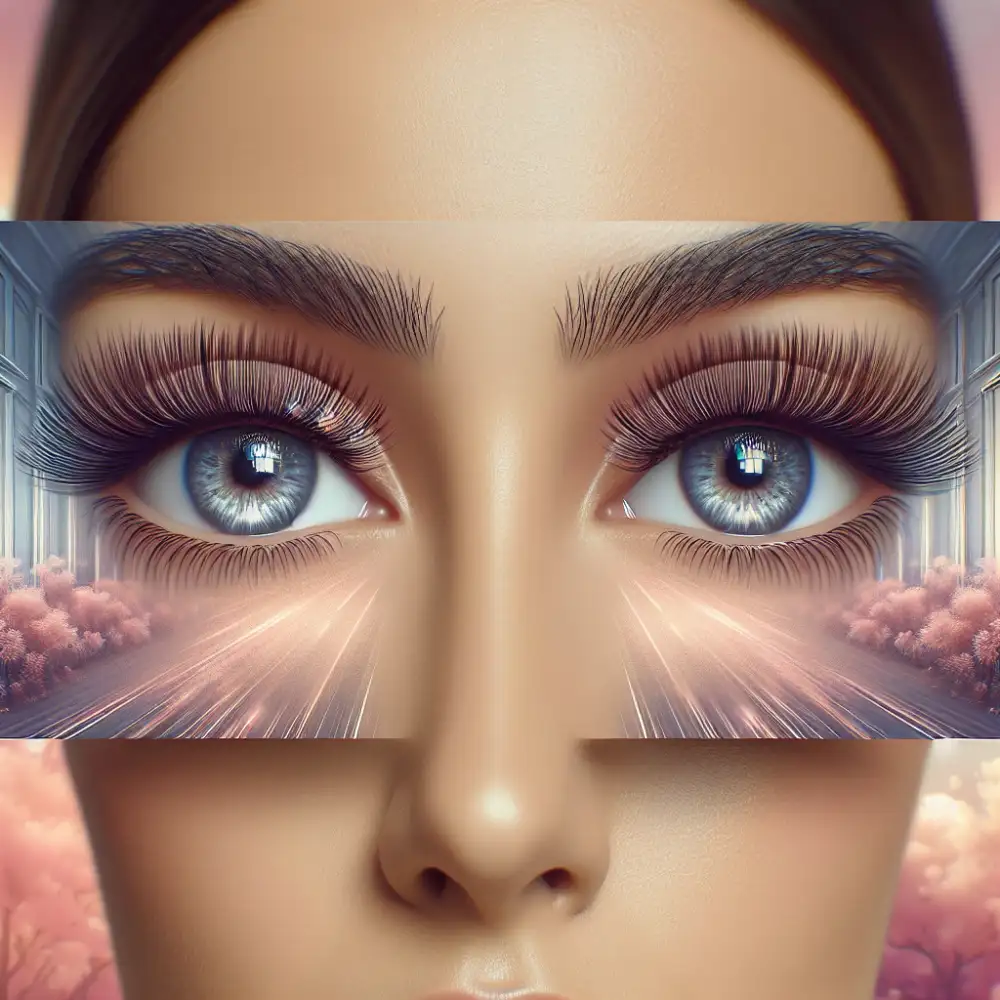
Length: This setting determines how far your lashes extend outwards. A small tweak can make your eyes look more awake, while a larger adjustment creates a glamorous, doe-eyed effect.
Volume: This setting controls how thick and full your lashes appear. Adding a touch of volume can make your natural lashes look fuller and more defined, while maxing out the volume delivers a bold, false-lash effect.
The key is to experiment and find what looks best on you. Don't be afraid to play around with different combinations of length and volume until you discover your perfect lash look for any occasion.
Integration with virtual makeup tools
Eyelash filters, designed to enhance the appearance of eyelashes in photos and videos, are becoming increasingly sophisticated. This has opened up exciting possibilities for integration with virtual makeup tools. Imagine trying on different mascara styles virtually before making a purchase. With the integration of eyelash filters, you can test out various lash lengths, volumes, and even colors in real-time. This technology allows users to see how different mascara formulas would look on them without having to apply any actual makeup.
Moreover, these filters can be incorporated into virtual beauty try-on experiences. Many beauty brands are developing augmented reality apps and website features that allow customers to try on makeup virtually. By integrating eyelash filters into these platforms, users can have a more comprehensive and realistic virtual makeup experience. They can experiment with different eye looks, combining various eyeshadows, eyeliners, and now, even different eyelash styles, all within a single app or website. This level of customization enhances user experience and helps consumers make more informed decisions about their makeup choices.
Real-time performance optimization
Real-time performance is crucial for AR filters, especially those that modify facial features like eyelash filters. Users expect these filters to be responsive and look natural, which requires efficient processing without noticeable lag. One of the primary challenges is achieving this realism with limited mobile device resources. Eyelash enhancement filters, in particular, demand precision as they work with intricate details around the eyes.
Optimization techniques are key to a smooth user experience. Developers can employ several strategies to enhance performance. One common approach is reducing the polygon count of 3D models used for the eyelashes. Fewer polygons translate to less data for the device to process, directly improving speed. Another effective method is utilizing optimized shaders. Shaders are small programs that determine how light interacts with the eyelashes, impacting their appearance. Carefully crafted shaders can realistically mimic the look of real eyelashes without excessive computational burden.
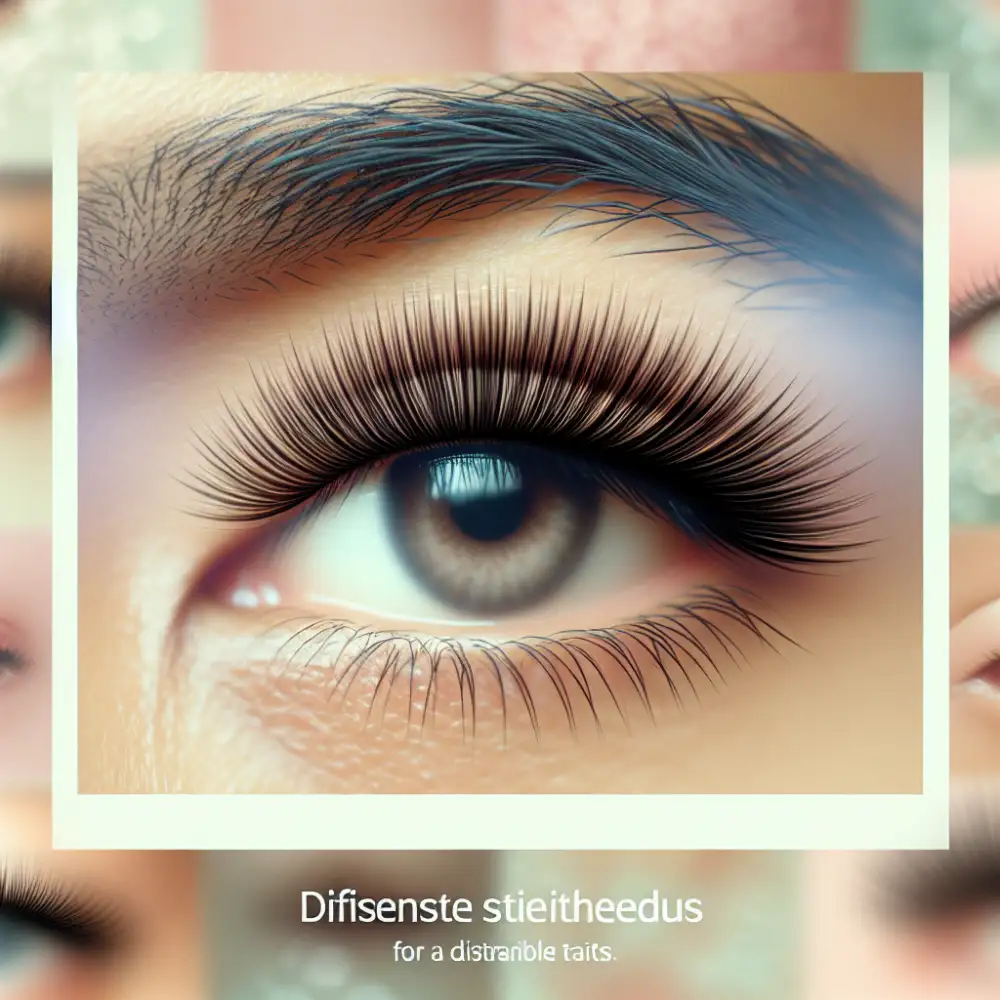

Texture optimization also plays a vital role. High-resolution textures can enhance visual fidelity, but they consume significant memory and processing power. Developers often use techniques like texture compression and mipmapping to reduce texture size without sacrificing too much quality. Additionally, employing efficient rendering techniques like culling, which avoids rendering unseen parts of the eyelashes, can significantly boost performance.
Ultimately, achieving real-time performance for eyelash filters is a balancing act. Developers must carefully consider the trade-off between visual quality and processing speed. By employing a combination of optimization techniques, developers can create filters that are both visually appealing and run smoothly on a wide range of devices, ensuring an enjoyable and immersive user experience.
Impact on smartphone hardware
The increasing popularity of eyelash filters, which digitally enhance eyelashes to appear thicker, longer, and darker, has subtly influenced smartphone hardware development. While not the sole driver, this trend contributes to the demand for higher-quality front-facing cameras with improved resolution and low-light performance.
Users now expect their selfies to capture even the finest details, including the enhanced eyelashes rendered by these filters. This expectation pushes manufacturers to equip their devices with sensors capable of capturing minute details. Additionally, the computational photography required to realistically apply these filters in real-time necessitates powerful processors and optimized software algorithms.
As a result, smartphone chips are being developed with dedicated image signal processors and neural engines that can handle the complex computations of these augmented reality filters without compromising battery life or performance. This interplay between software trends and hardware development highlights how user preferences, even in seemingly superficial areas like beauty filters, can drive technological innovation in unexpected ways.
| Feature | Instagram Eyelash Filter | TikTok Eyelash Filter (Example) |
|---|---|---|
| Customization Options | Limited (usually length and volume) | Can vary widely, some offer length, volume, curl, and even color customization |
| Realism | Can look artificial, especially at extreme settings | Varies greatly depending on the specific filter; some offer very realistic results |
| Availability | Widely available across various filters and effects | Vast library, but specific filters can be trendy and disappear |
Ethical considerations and potential bias
Eyelash filters, while seemingly innocuous, raise ethical concerns about beauty standards and potential bias. These filters often present an exaggerated, unattainable ideal of long, thick eyelashes, potentially contributing to feelings of inadequacy and body image issues, particularly among young people. Constant exposure to such unrealistic beauty standards can lead individuals to perceive their natural features as flawed, fueling a desire for cosmetic procedures or excessive makeup use.
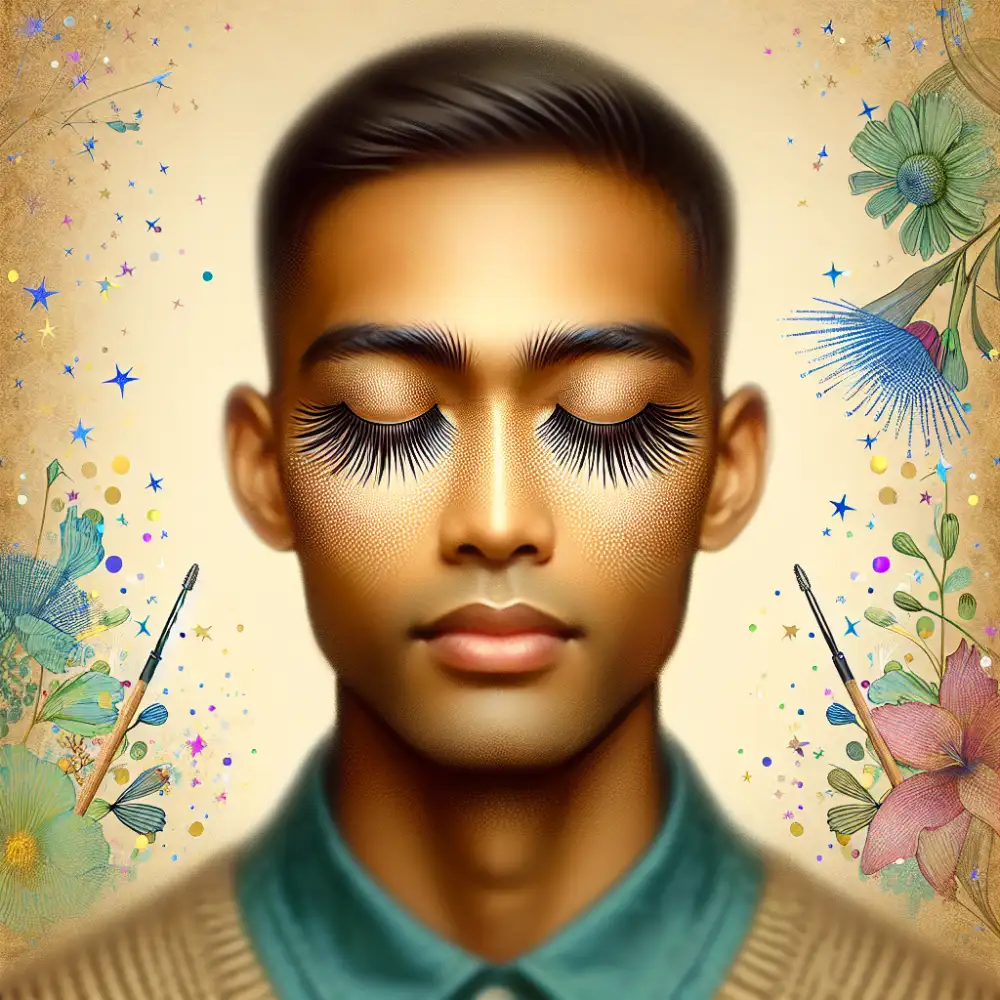
Moreover, these filters can perpetuate harmful stereotypes. The idealized eyelashes often reflect Western beauty standards, potentially marginalizing individuals from diverse ethnicities and cultures with different eyelash characteristics. This can contribute to a sense of cultural bias and pressure to conform to a narrow definition of beauty.
The subtle nature of these filters further complicates the issue. Unlike more dramatic filters, eyelash enhancements can go unnoticed, normalizing these unrealistic standards and making it harder to discern authentic appearances. This normalization can contribute to unconscious bias, impacting how individuals perceive themselves and others based on digitally altered images.
Future developments in eyelash filters
The future of eyelash filters is looking pretty bright, pun intended! As augmented reality technology evolves, we can expect even more realistic and customizable options. Imagine filters that not only lengthen and volumize but also let you experiment with different curl patterns, colors, and even add trendy effects like glitter or ombre.
We might see filters that can analyze your eye shape and suggest the most flattering lash styles. And with the rise of virtual try-on experiences, you could even "try before you buy" real mascara and false lashes using these filters.
Beyond just aesthetics, some developers are exploring filters that detect early signs of eye conditions by analyzing lash health. While not a replacement for professional medical advice, these filters could potentially serve as an early warning system, prompting users to seek help when needed.
The possibilities are vast, and one thing is for sure: eyelash filters are here to stay, constantly evolving to meet our desire for enhanced and expressive eyes.
Published: 25. 06. 2024
Category: Technology



